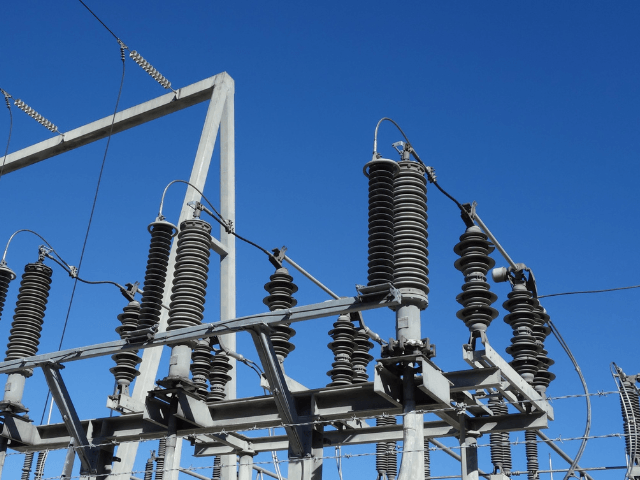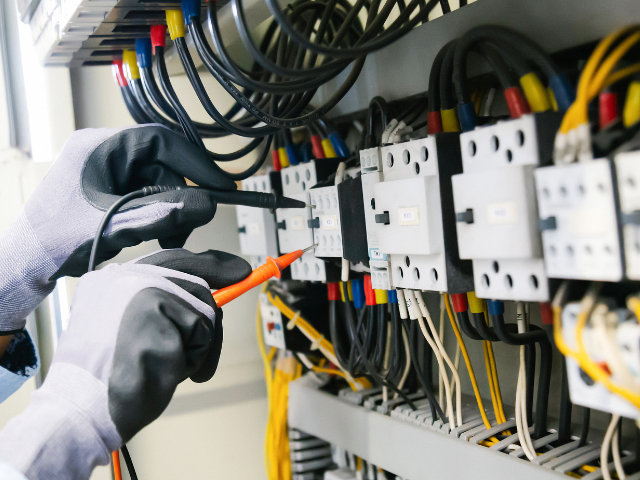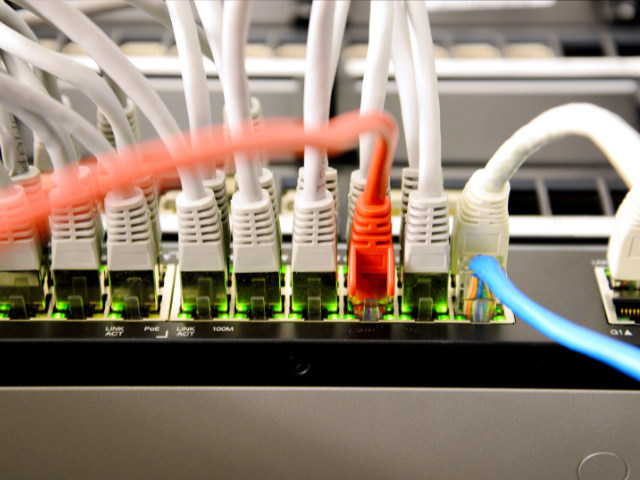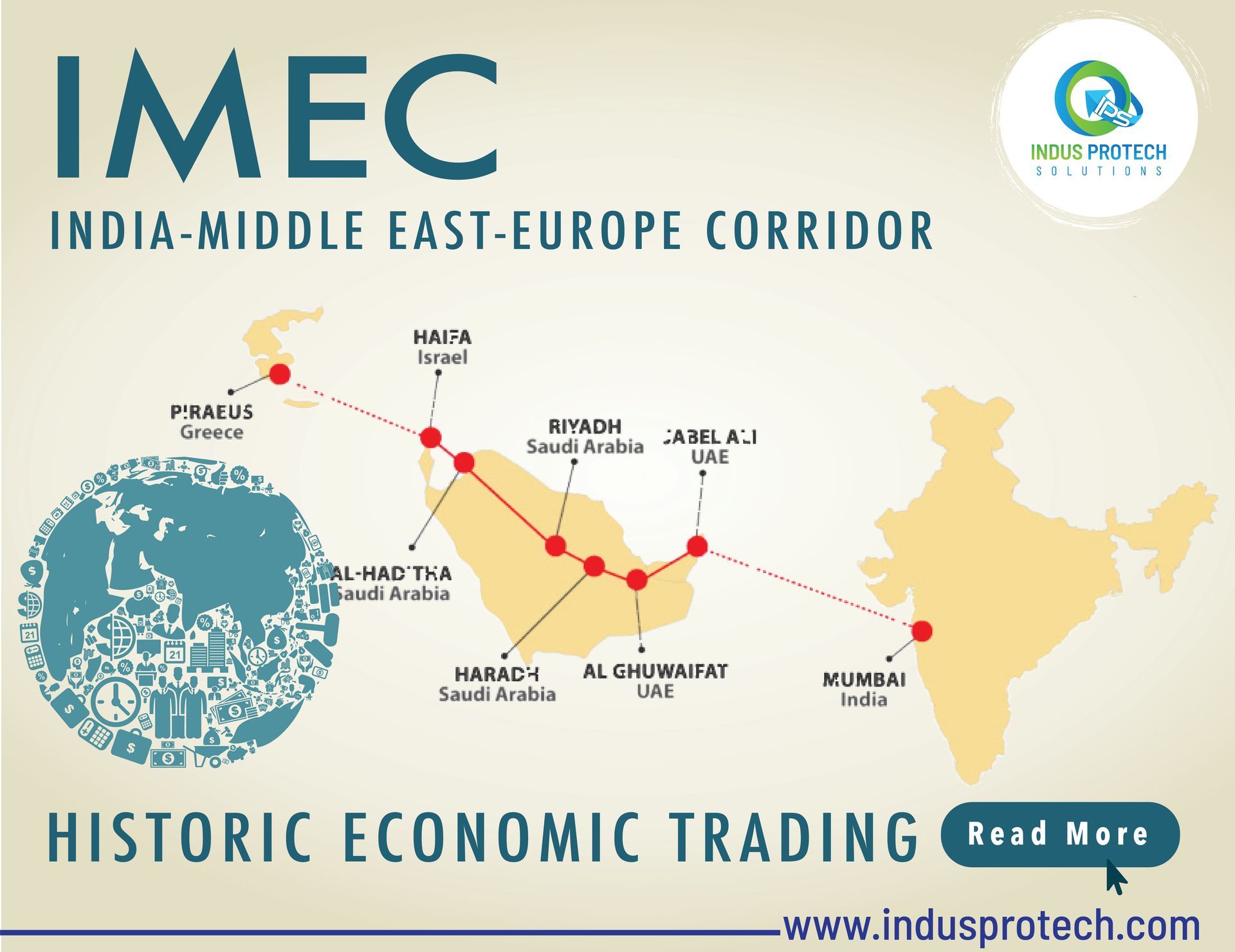The demand for cables will rise as a result of the expansion of India's residential and commercial sectors, which would also raise the country's power demand. The nation's middle-class population is expanding, which is raising demand for more housing. The accessibility of cheap labour in this nation has increased its attractiveness to global businesses looking for new markets to enter. This is motivating businesses in the construction sector to spend money on building and infrastructure-related projects. With the rise in government initiatives to provide electricity and the growth of the residential and commercial sectors, the demand for cables will increase.
Another element boosting the Indian market for electrical equipment is the expansion of cross-border electricity trading. Many residents of countries like Bangladesh, Nepal, and Myanmar lack access to electricity due to inadequate power-producing capacity in these countries.















